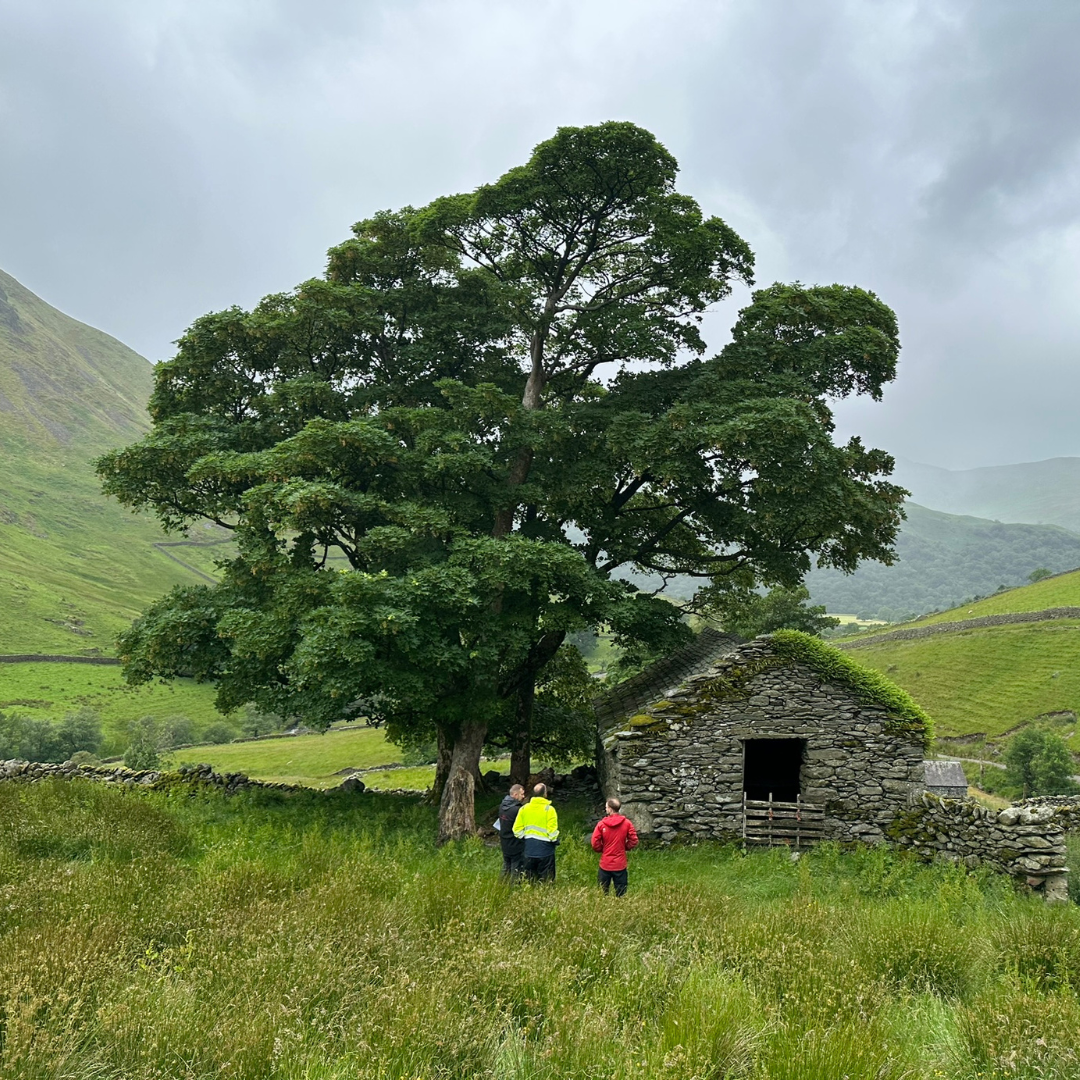
Twenty historic barns across the Lake District are being saved thanks to more than £2.6 million from DEFRA and more than £550k from applicants.
This year, more than £3.2 million is being invested in unique and cherished farm buildings.
The repairs on the buildings range from small scale, specialist timber repairs to whole re-roofs and structural masonry work. Some barns have unavoidable structural issues, with trusses failing. Others have suffered from past, inappropriate repairs including the use of cement mortars and poorly repaired roofs. All have coped with 250 years of Lake District weather and, like any building, they need to be regularly maintained.

Rose Lord, the Lake District National Park Authority’s Built Environment Adviser said: “Our traditional Lake District barns are incredibly important. They are part of the agricultural heritage of the area and a reason for its World Heritage Site status. These historic features greatly enhance the cultural landscape and it’s why many people love the Lake District. Many barns continue to be essential to the business of farming and all provide great homes for nature.
“With this funding we can support farmers to repair and maintain these buildings in a way that supports the area’s economy and supply chains. This also keeps traditional building skills alive. Plus, materials are local and from sustainable sources, for instance riven oak through Cumbria Woodlands, and lime from Eden Hot Lime. Locally quarried slate reduces transport miles and fits traditional building styles.
“We’ve also drawn on the expertise of local conservation architects for the more complex projects including Countryside Consultants, Crosby Granger Architects, John Coward Architects and Lewis Surveying,” added Rose.
The work will help to meet Cumbria’s ambition to be a net zero carbon county by 2037.
Rose said: “Repairing traditional buildings is an inherently sustainable thing to do. Energy has gone into winning the raw materials, transporting them to site and constructing the building. As we think about reducing our carbon footprint and living more sustainably, traditional buildings can offer us some useful pointers including ‘repair not replace’, ‘repurpose rather than demolish’”.
In addition, the money invested will generate £4.55 in the economy for every £1 spent over a five-year period, rising to £6.07 over 10 years.

In the south, £436,172 is being spent on restoring and renovating:
In central Lake District, £415,767 is being spent on restoring and renovating:
North Lakes, £1,336,612 is being spend on restoring and renovating:
West Lakes, £732,559 is being spend on restoring and renovating:
East of the Lake District, £203,696 is being spent on restoring and renovating:
For more information about traditional buildings in the Lake District visit Home : Lake District National Park